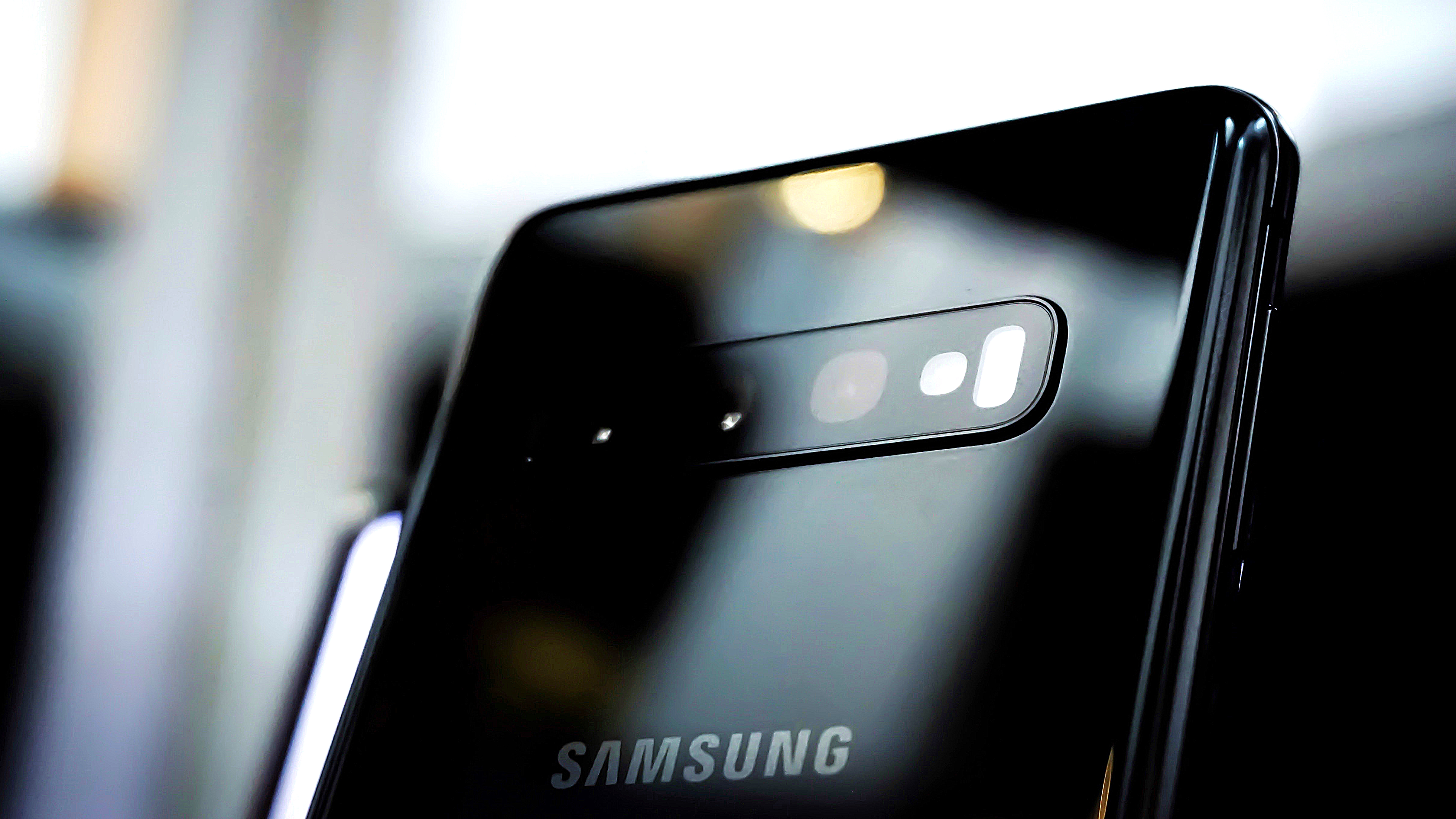

Samsung is on the cusp of bringing new zoom capabilities to its hugely-successful smartphone line-up. Rival manufacturers like Huawei, Honor, and Oppo have all debuted handsets with much greater optical zoom capabilities than the Samsung Galaxy S10 series can muster, prompting the Seoul-based company to respond.
And now we know what that response is. Samsung Electro-Mechanics has confirmed that it's now mass-producing a camera module capable of 5x optical zoom. Since it's already in mass-production, we can expect to see the component make an appearance in a new Samsung smartphone anytime now.
The only real question is, which one?
- Samsung Galaxy Note 10 release date, price, 5G, specs: everything we know
- Huawei P30 Pro review
With the Samsung Galaxy Note 10 looming on the horizon, it seems like the obvious choice. And with rumours pointing to a vertically-stacked multi-camera design on the Note 10, the new 5x zoom camera module would certainly seem to fit with those plans. That's because the module arranges its lenses sideways, reflecting light in a similar fashion to the inside of a periscope in order to keep the overall size of the component down to a minimum.
Samsung bought Israeli camera technology company Corephotonics back in January 2019. The firm had previously designed 5x and 10x zoom solutions for Oppo and other rival smartphone manufacturers. And now, it seems the acquisition is ready to bear fruit for the South Korean company.
When it comes to zoom, Huawei P30 Pro is the current market-leader. The P20 Pro successor boasts lossless 5x optical zoom, and 10x hybrid zoom, which uses AI to sharpen and improve the image quality. Huawei claims the hybrid zoom is also lossless. Finally, P30 Pro owners can enjoy digital zoom up to 50x.

Although this first generation 5x module from Samsung Electro-Mechanics won't quite match those impressive figures, it's a step in the right direction – not to mention a massive step-up from the 2x optical zoom on the likes of the Samsung Galaxy S10 Plus launched back in February.
Sign up to the T3 newsletter for smarter living straight to your inbox
Get all the latest news, reviews, deals and buying guides on gorgeous tech, home and active products from the T3 experts
Although it might not be able to match the likes of the Huawei P30 Pro in terms of raw, unfettered zoom – the Samsung counterpart will have one advantage over its closest rival. The module developed by Samsung Electro-Mechanics is just 5mm thick, which means it will be able to sit flush with the body of the smartphone. Every smartphone in the Huawei line-up capable of this level of zoom has a camera bump on the back, which causes it to wobble when used on a flat surface, like a table.
Of course, it's possible the Galaxy Note 10 will not be the first Samsung-built handset to debut with this zoom capability. The South Korean company has increasingly used its more affordable, mid-range offering to launch new features. This is by design.
In a bid to combat intensifying competition from the likes of Huawei and Xiaomi, Samsung has decided not to always prioritise its pricier flagship handsets when it comes to the latest and greatest features.
President of Samsung's mobile division DJ Koh, who is not actually a DJ – that's just his name, said: "In the past, I brought the new technology and differentiation to the flagship model and then moved to the mid-end.
"But I have changed my strategy from this year to bring technology and differentiation points starting from the mid-end."
As such, the Galaxy A8s was the first Samsung-branded handset to boast its all-screen Infinity-O display design, not the flagship Galaxy S10, and the Galaxy A80 was the first to use a single front and rear camera system that flips around based on whether you're hoping to take a landscape shot, or a selfie.
Lead Image Credit: Mark Chan / Unsplash
As a former Staff Writer for T3, Aaron writes about almost anything shiny and techie. When he’s not barking orders at Alexa-powered microwaves or gawping at 5G speed tests, Aaron covers everything from smartphones, tablets and laptops, to speakers, TVs and smart home gadgets. Prior to joining T3, Aaron worked at the Daily Express and and MailOnline.
-
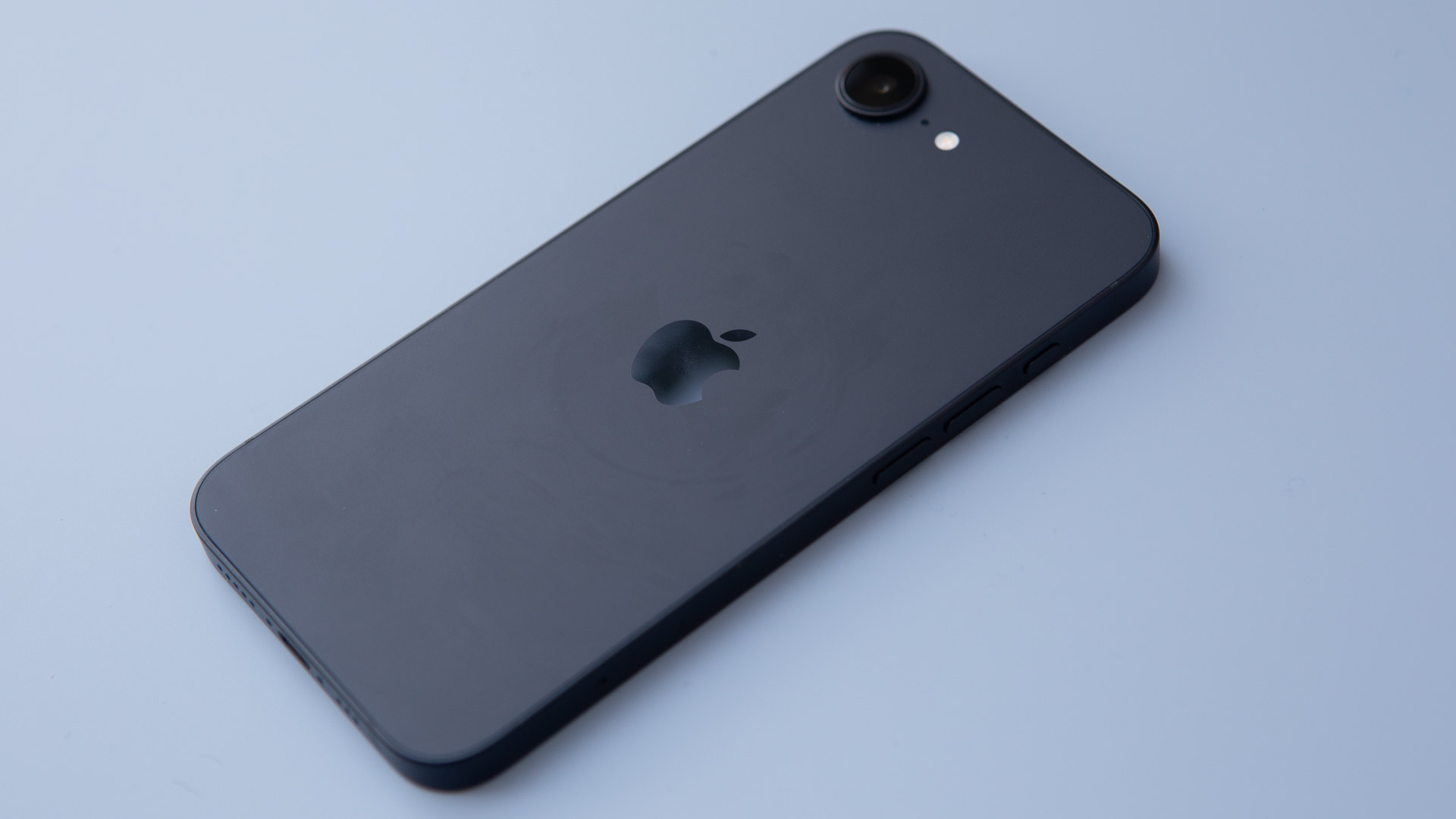 Apple's iPhone just did something it never has before
Apple's iPhone just did something it never has beforeThis is an unprecedented event for the iPhone
By Sam Cross
-
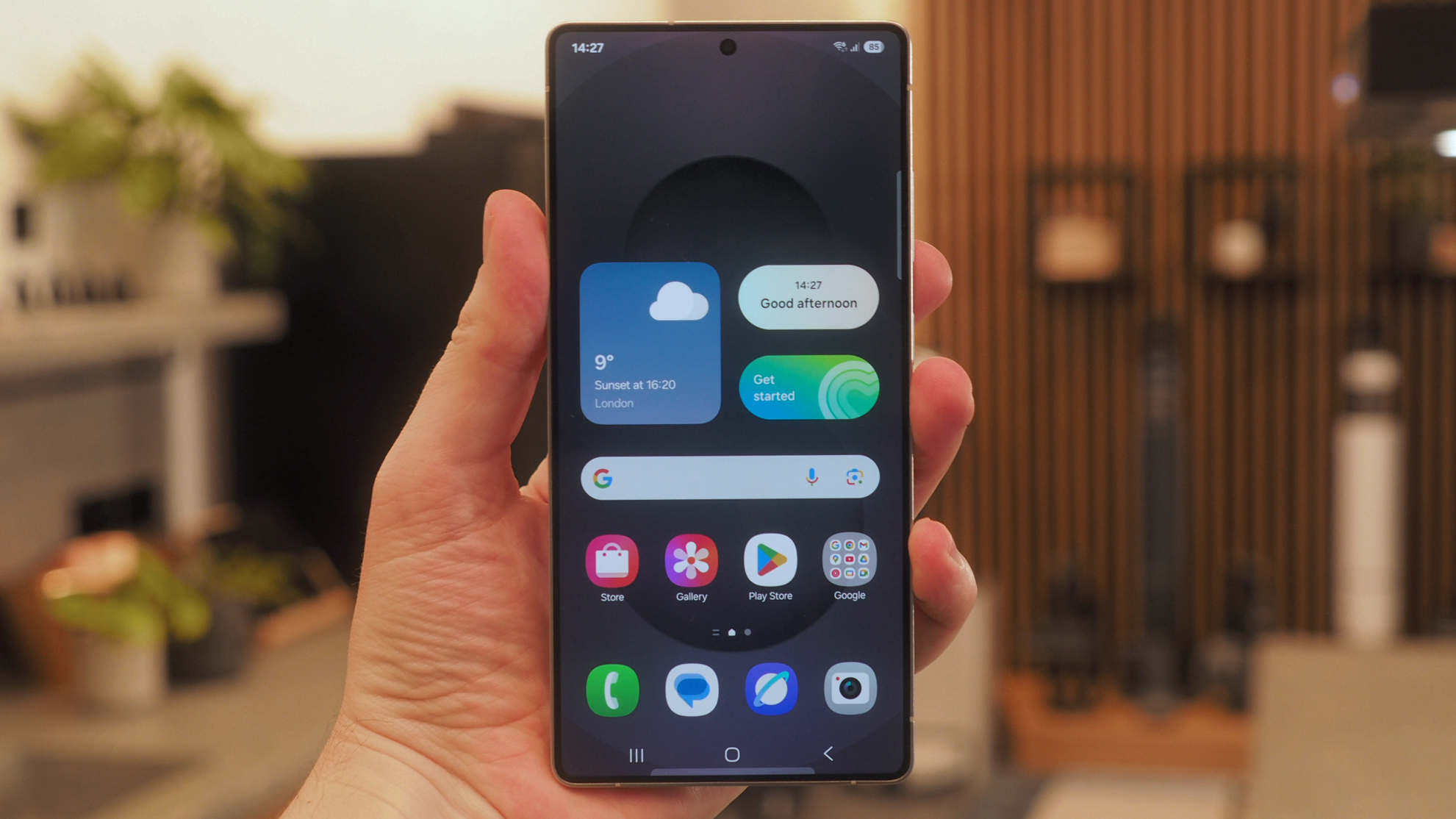 Samsung hits pause on Android 15 rollout, but your phone might be lucky
Samsung hits pause on Android 15 rollout, but your phone might be luckyYour delayed Samsung One UI 7 software update could be delayed some more
By Chris Hall
-
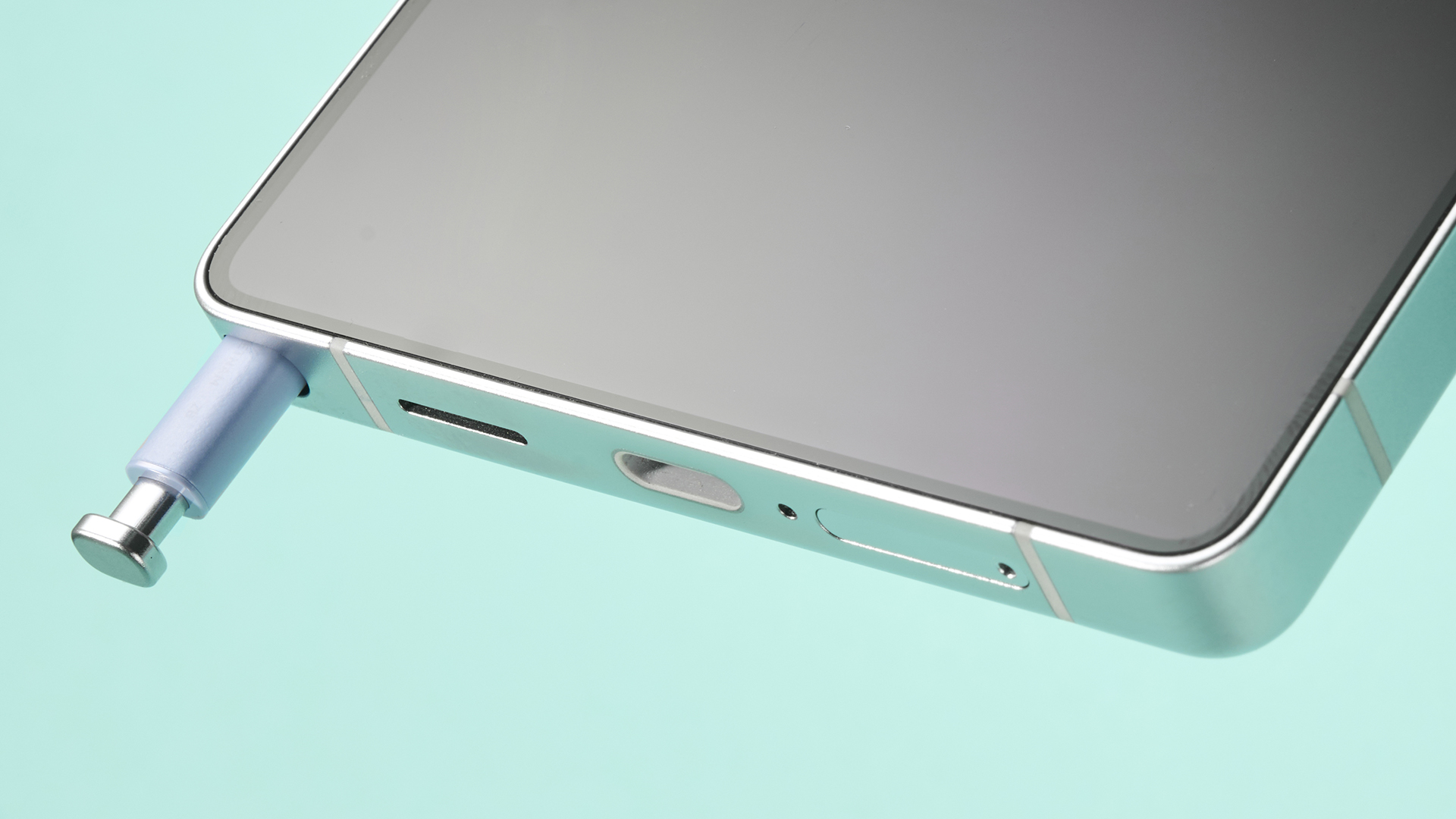 Samsung Galaxy devices could lose a unique feature after all
Samsung Galaxy devices could lose a unique feature after allThat's despite recent claims to the contrary
By Sam Cross
-
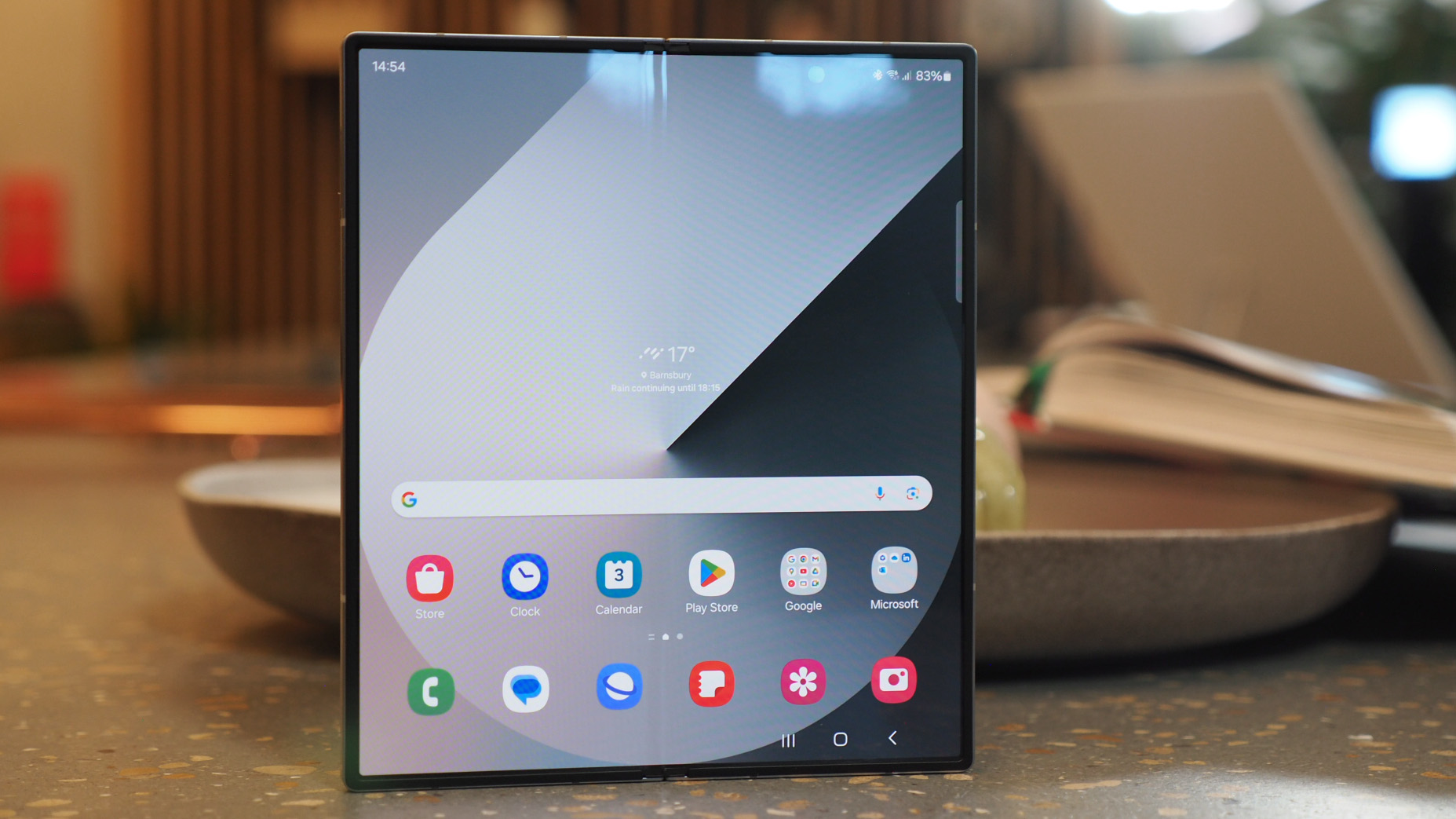 Samsung Galaxy handsets could get a massive free software upgrade as soon as this summer
Samsung Galaxy handsets could get a massive free software upgrade as soon as this summerThat's way sooner than expected
By Sam Cross
-
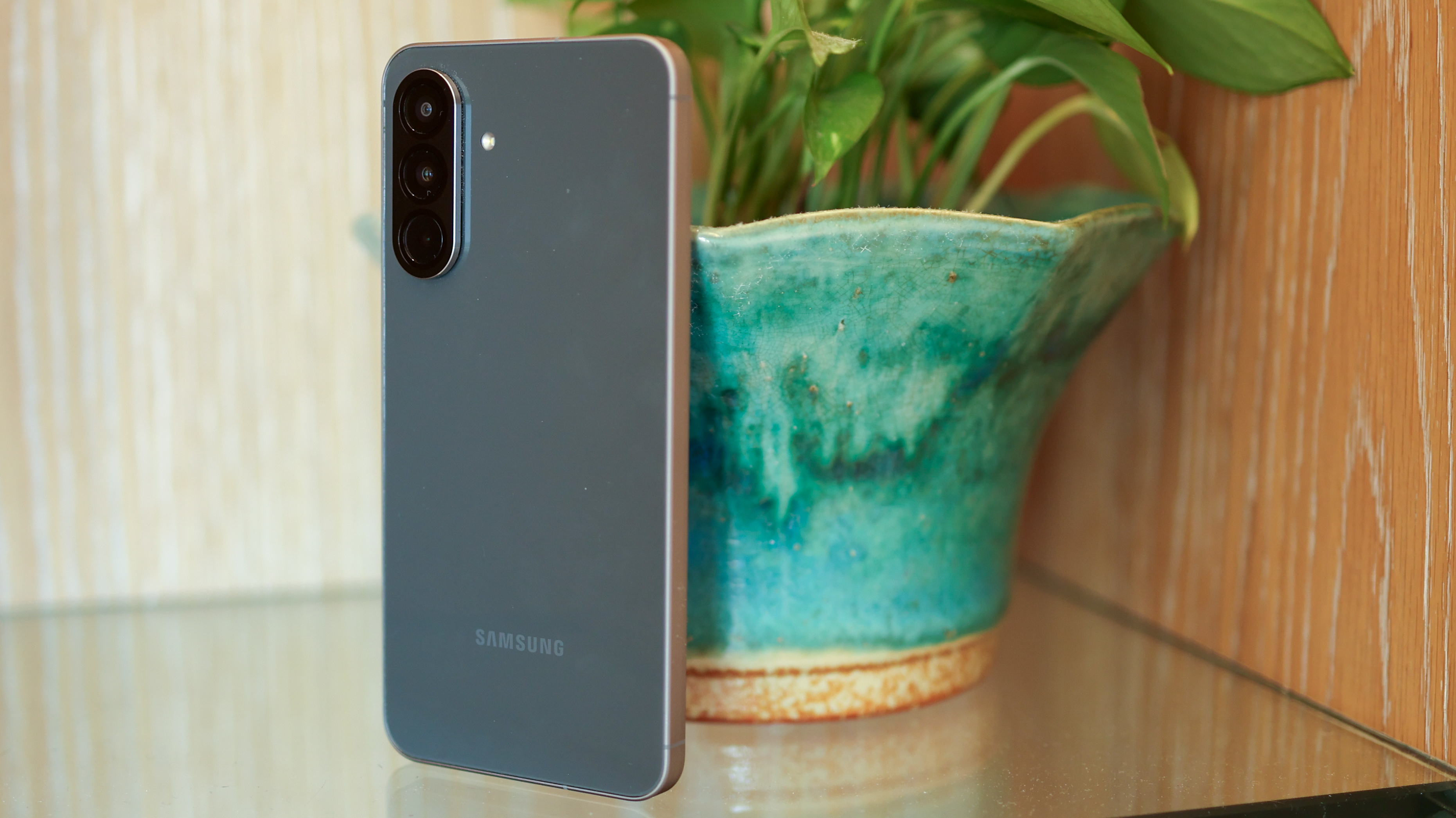 Samsung's affordable phones get Awesome Intelligence upgrade for free
Samsung's affordable phones get Awesome Intelligence upgrade for freeAnd its available to install right now
By Britta O'Boyle
-
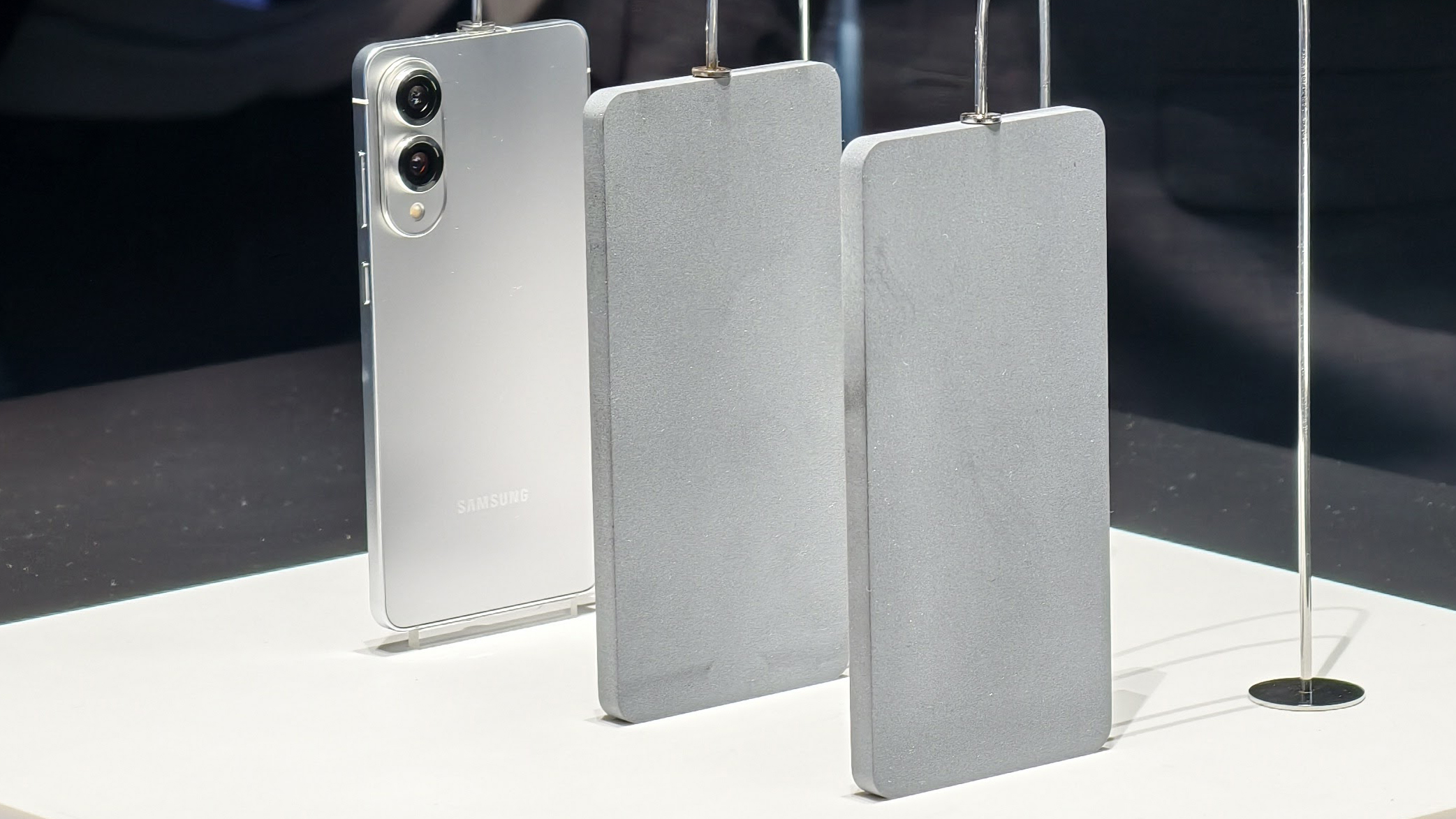 Samsung Galaxy S25 Edge could launch sooner than expected, because of space and time
Samsung Galaxy S25 Edge could launch sooner than expected, because of space and timeYou don't have to be a Doctor to realise why
By Britta O'Boyle
-
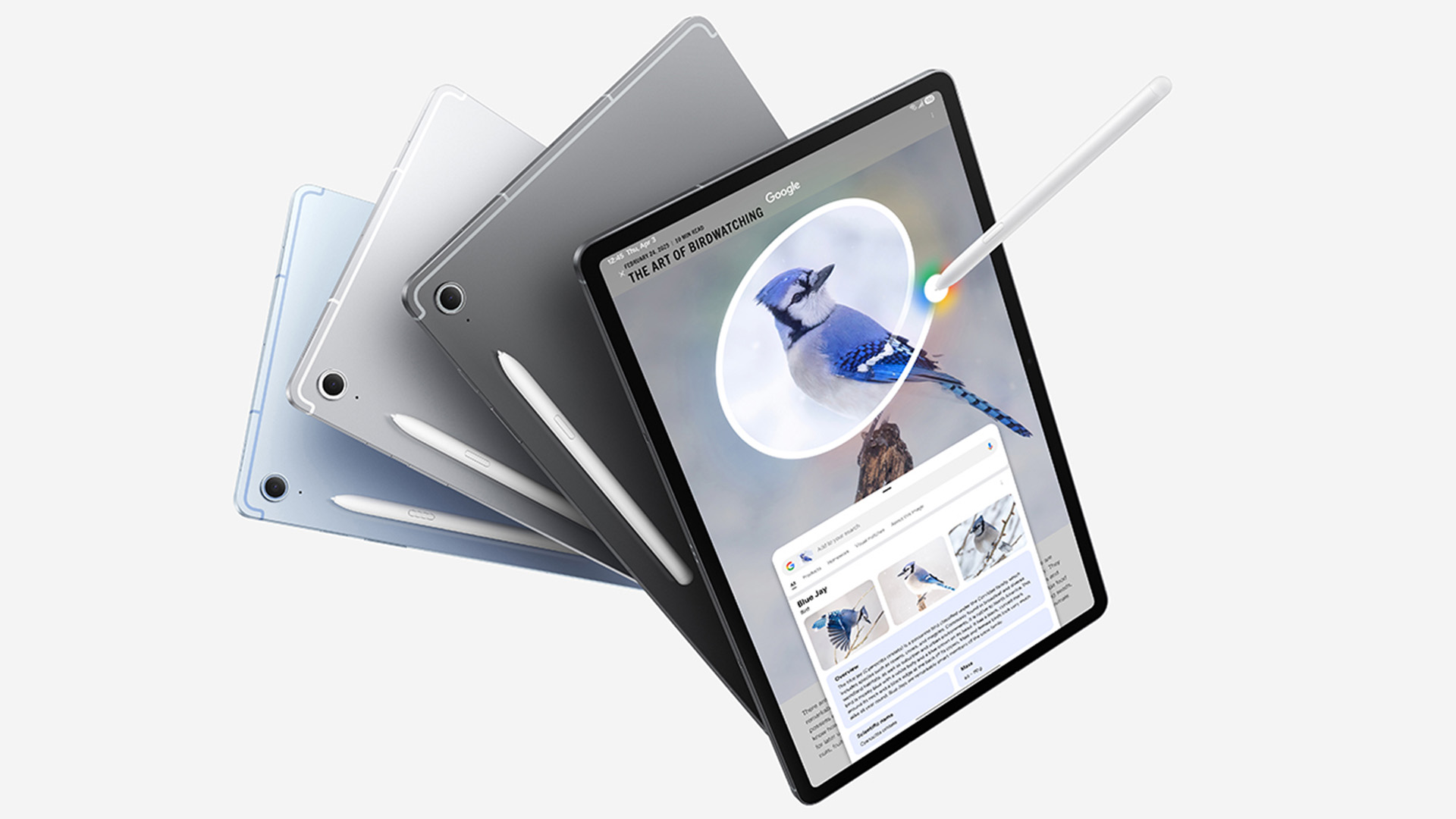 The Galaxy Tab S10 FE might be Samsung's best-value tablet yet
The Galaxy Tab S10 FE might be Samsung's best-value tablet yetA great new semi-premium entrypoint
By Max Freeman-Mills
-
 Samsung's bezel breakthrough could slash the cost of big-screen 8K OLED TVs
Samsung's bezel breakthrough could slash the cost of big-screen 8K OLED TVsMassive TV panels are really hard to make – so why not just tile multiple smaller ones instead?
By Carrie Marshall

